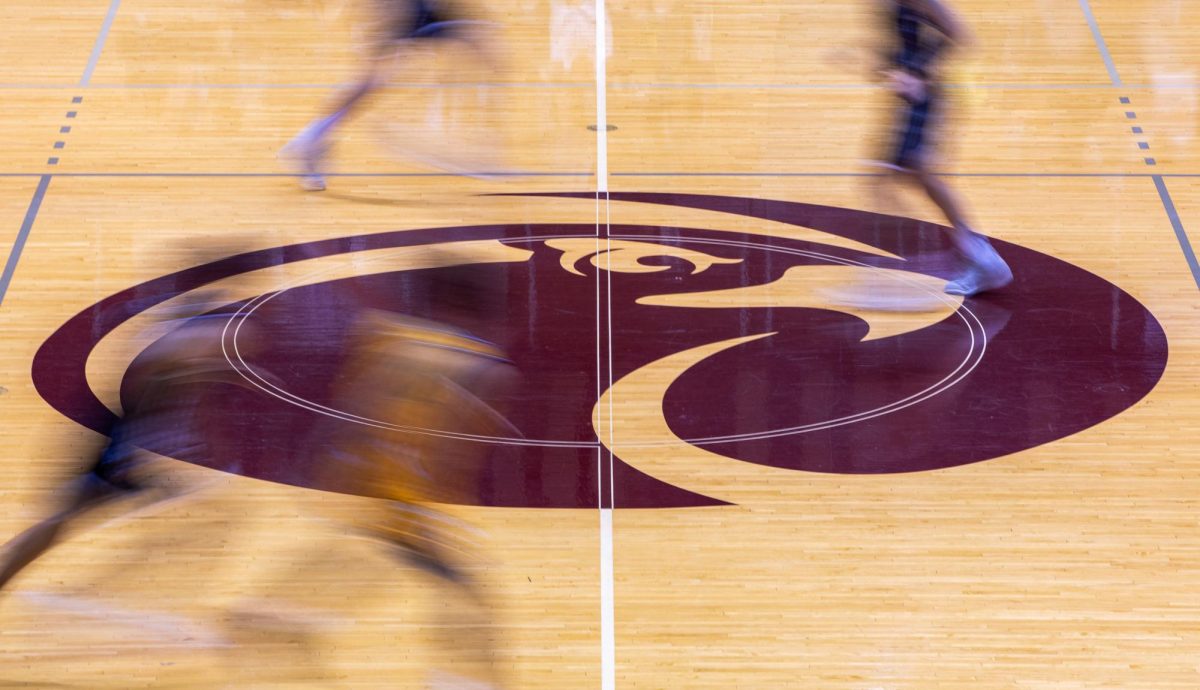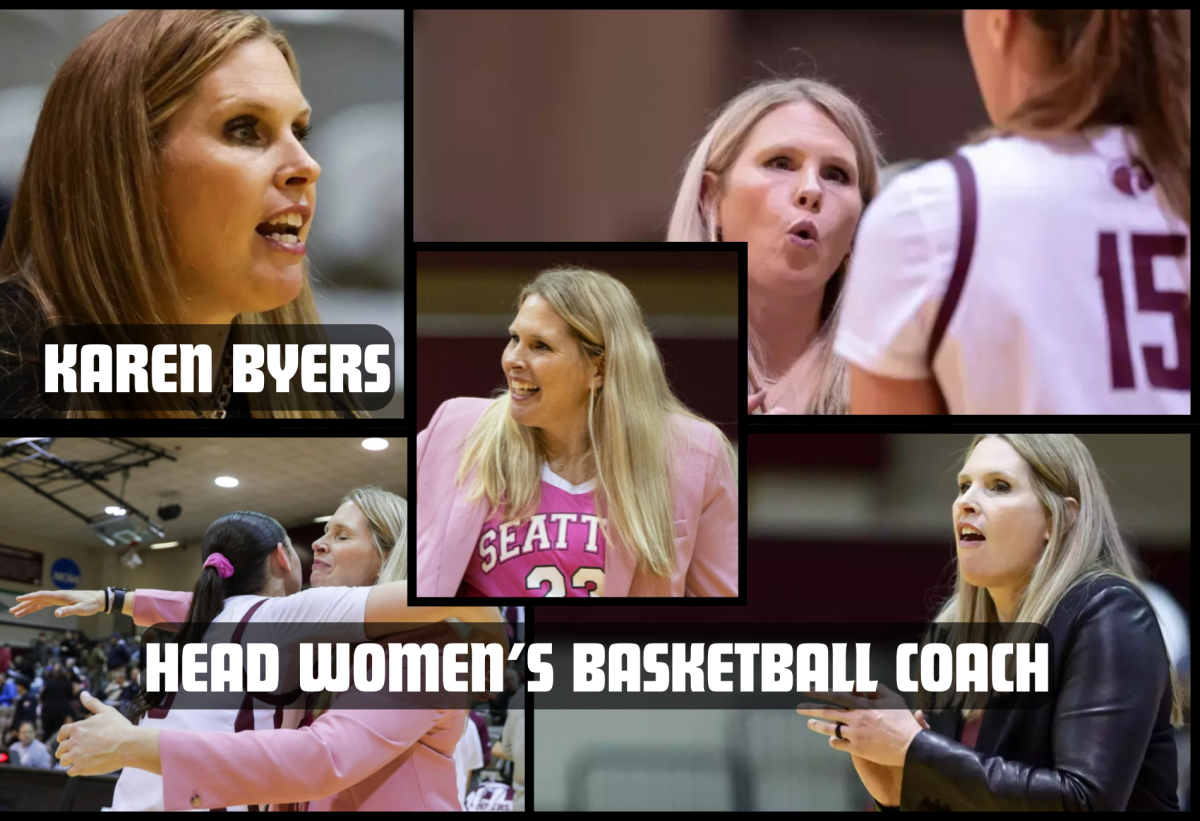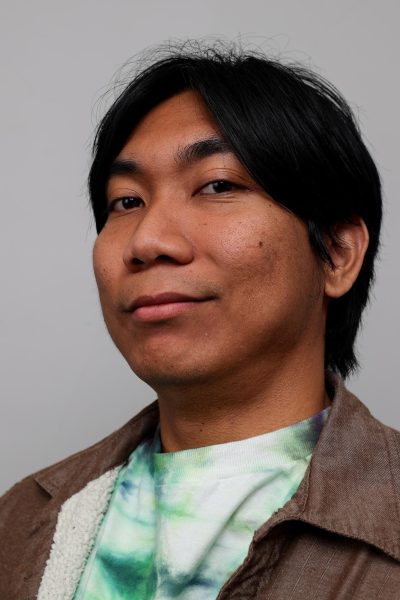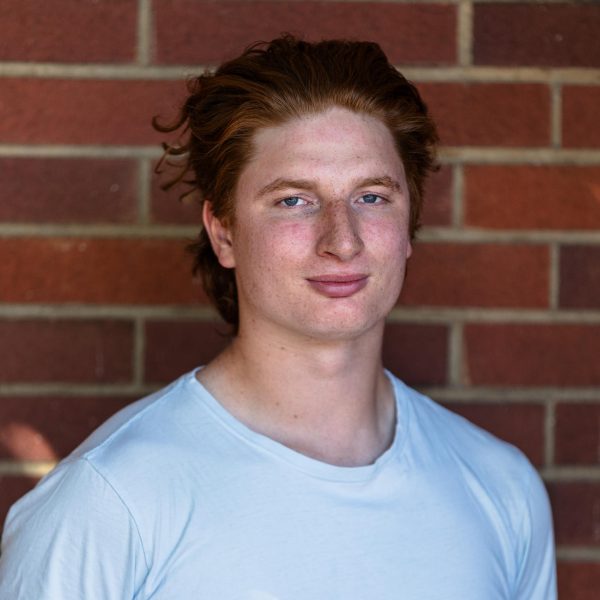Student-athletes give their blood, sweat and tears to their universities, and the rewards they receive are nearly as numerous. College athletes are offered education-related benefits, such as scholarships and on-campus employment, which athletes at Seattle Pacific University, a Division II school, enjoy. At higher divisions, however, student-athletes are promised or offered the prospect of profit elsewhere.
In November 2023, the National Labor Relations Board (NLRB) declared that an employer-employee relationship existed between coaches and athletes whose actions provide revenue for their schools, such as through donations or publicity. This ruling led the Dartmouth University men’s basketball team to unionize as student employees against their university for labor compensation three months later.
This action stirred the question of how college athletics will evolve in the near future.
College athletes can receive compensation for their talent and time through their institution or name, image and likeness (NIL) deals, enabling them to profit from brand deals and endorsements. This is adequate for many, but some believe they deserve fairer and greater gain.
SPU women’s basketball coach Mike Simonson stated how the situation following the NLRB ruling is still new to college athletics and unique to Division I schools, as every level under the National Collegiate Athletics Association is different and has its own restrictions.
“The business of the sport has changed dramatically for the student athlete’s experience,” Simonson said. “Division I has a lot of money being put into the football and basketball programs, and there is NIL in payments being made. Division II is different because it’s a holistic experience. We have scholarships, and NIL is possible, but there’s more of a balance. Then there’s Division III without even scholarships.”
Simonson is, overall, for the idea of unionization, which opens the dialogue more clearly between athletes and administration.
“There are a lot of things behind the scenes that students would be surprised about. People think [scholarships] are just a waiver that the school checks off, but it’s real dollars that [they] have to account for,” Simonson said. “Different states have said student-athletes can be looked at as employees. When you’re an employee, you should be able to go to human resources and understand what you’re signing up for.”
Karl Lerum, the head coach for men’s and women’s track and field, shared his concern for the greatest element not being considered in the conversation.
“The majority of NCAA student-athletes, outside of basketball and football, are not in revenue-producing sports,” Lerum said. “When we talk about [unions and NIL deals], how does this trickle down into all the non-revenue sports?”
Lerum is further concerned about the holds the NCAA and Division I schools have over student athletes’ ability to sign and acquire NIL deals, which are the main sources of income for some higher-division athletes.
“The trend of deregulation on university athletic compliance will only continue once they start in with the NIL offerings,” Lerum said. “The limitations on what student-athletes can and can’t do will continue to go down.”
Lerum is comforted that SPU is not involved with the battle for now; however, he is concerned that the university could be affected later.
“With the amount of money in big-time college athletics, it’s unsurprising that student-athletes would feel entitled to a bigger piece of that revenue share. It is not the world that we live in here at SPU, but that’s not to say that it won’t be,” Lerum said. “The ramifications, at some point, could change what compliance looks like at all institutions.”
This discourse began in 2020 when NIL was first challenged by the NCAA, who were against the idea of college athletes receiving the same treatments and compensations as professionals. The NCAA argued that college athletes played at the amateur level, but the Supreme Court noted that the NCAA “nowhere defines the nature of the amateurism they claim consumers insist upon,” and ruled in favor of college student-athletes to establish and profit from NIL deals.
Junior business major Alex Hristov, a striker and winger for the men’s soccer team, believes the disagreements and complications will only continue. In the meantime, Hristov proposes specifying the limits of any re-negotiations.
“In order to regulate, there needs to be some sort of cap, but I think that will be too hard to keep track of,” Hristov said. “A lot of money in the NCAA has always been under the table, but there must be some sort of cap to keep these students focused on the proper task, which is to play ball for their school, rather than to make money off of some kind of sponsorship.”
Hristov admits that naming certain restrictions can become tricky, especially as restrictions are what upset the athletes to begin with. Regulations are, however, most important to prevent universities from being taken advantage of.
“Many schools’ main priorities are to keep their image intact and make as much money as possible, but at the end of the day, they don’t want to be used as a platform where all these kids can come to the college and make money. They need to have some type of restraints in place,” Hristov said. “This is a tricky, new thing to the NCAA. It’s completely changed college sports. It may take away the athletes’ focus, which is scary for the school.”
Hristov doubts these issues will spread wider than Division I or affect Division II and III college sports administration.
“It would be hard to imagine because Division II and Division III sports don’t get that many viewers. They don’t get revenue coming in like the big schools [that] make $100 million a year,” Hristov said. “For the meantime, Division II and Division III schools have nothing to worry about in terms of their athletes making millions of dollars off NIL deals.”
Ultimately, the decision of how NIL affects athletics falls down to the athletes themselves. Regardless of any agreement or limitations the universities place, the compensation’s worth is in the recipient’s eye.
“I know people that won’t let the money change their character, but then there’s a lot of people that specifically want to cash in on their abilities right now,” Hristov said. “They want to make as much money as possible and they don’t really care for the sake of their reputation or the credibility of their coaches.”




















































































